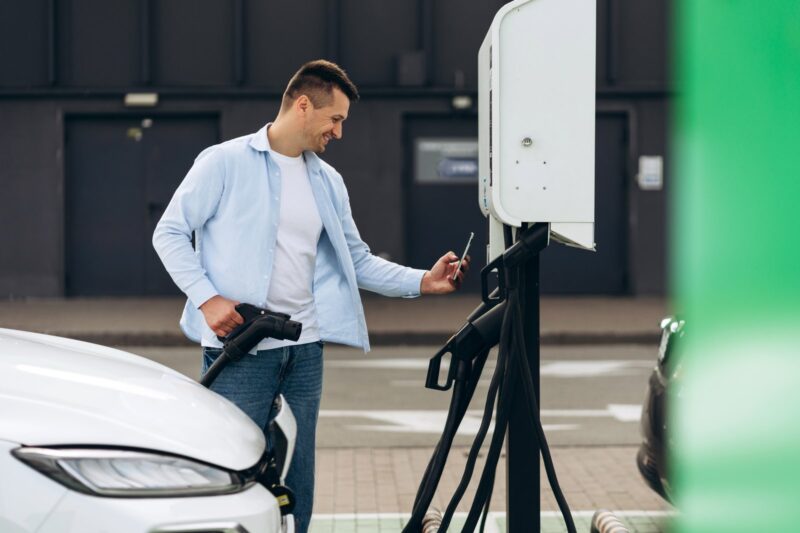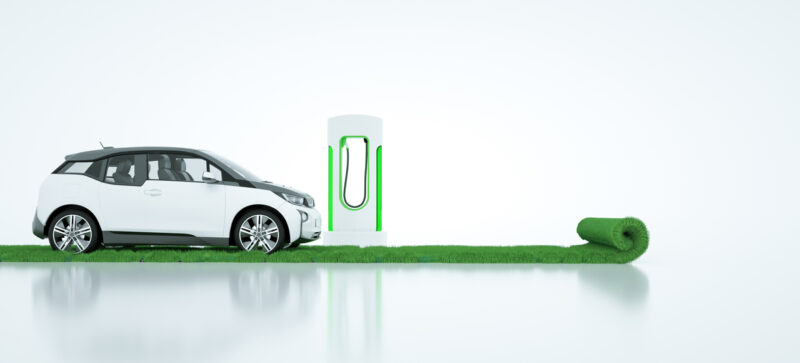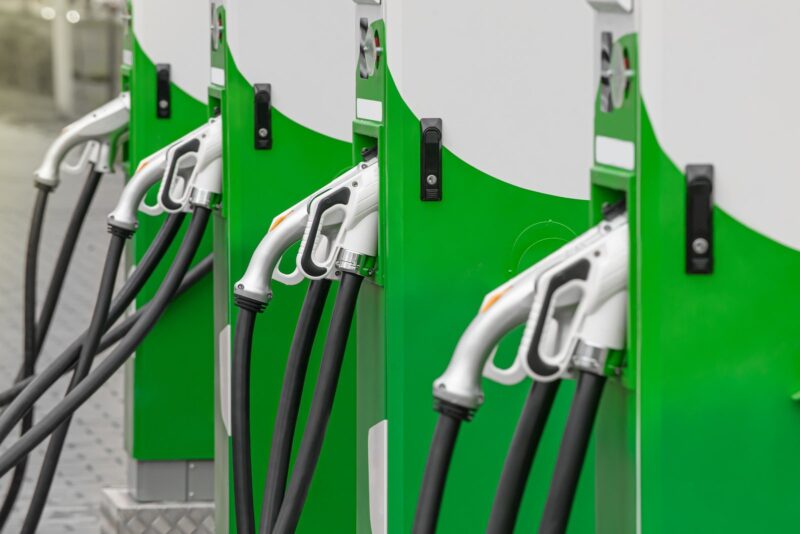Explore In-Depth Charging Tech & Industry Insights On Our Blog
Stay updated with the latest EV charging tech, trend analyses, and market insights to make informed charging station choices.

How to choose between EV and ICE?
Choosing between EVs and ICE vehicles hinges on operational needs, budgets, and sustainability goals. While EVs offer long-term savings, reduced emissions (zero tailpipe pollution), and lower fuel/maintenance costs, ICE vehicles provide faster refueling and heavy-duty capabilities. Enterprise fleets must assess routes (mileage, downtime), vehicle types (light vs. heavy-duty), financial incentives, and charging infrastructure (Level 2, DC fast charging). Total Cost of Ownership (TCO) analysis shows EVs’ long-term affordability despite higher upfront costs. Emerging trends like solid-state batteries, V2G tech, and autonomous driving signal EV dominance. Planning charging infrastructure and leveraging grants ensure a smooth transition.

Level 3 Charging: A Revolutionary Breakthrough in Electric Vehicle Charging Networks
Level 3 (DC fast charging) slashes EV charging to minutes, ideal for fleets, highways, and urban hubs. Offers 50-350kW+ power but demands grid upgrades, high costs, and compatible EVs. Future trends: Megawatt systems, wireless charging, solid-state batteries. Key factors: budget, usage patterns, and infrastructure readiness. Strategic deployment and partnerships critical.

Do You Need an EV Home Charger?
A home EV charger isn’t mandatory but enhances convenience, cost-efficiency, and battery health. Public charging risks availability issues and higher costs. Opt for Level 2 charging (240V) for home use, balancing speed and affordability. Assess electrical capacity and explore government subsidies for installation savings.

A Comprehensive Analysis of Level 3 Charging Speed: How Fast Can Electric Vehicles Really Charge?
Level 3 charging (DC fast charging) can charge an electric vehicle to 80% in about 30 minutes. The actual speed is affected by the vehicle’s maximum power, battery capacity/temperature/state, charging pole power, and sharing conditions. Understanding and optimizing these factors can maximize charging efficiency and extend battery life. It is recommended to charge to 80% for daily use.

Comprehensive Analysis of EV Charging Payment Solutions
This article comprehensively analyzes EV charging payment methods, introducing various solutions such as credit card payments, Plug and Charge, EV charging payment apps, and more, helping car owners choose the most suitable charging payment method to enhance their charging experience.

Basic Knowledge and Development Outlook of Electric Vehicle Charging Standard Protocol
This article delves into the Open Charge Point Protocol (OCPP), explaining its application, development, and future trends in the electric vehicle (EV) charging industry. Whether you are a charger manufacturer, software developer, or EV operator, understanding the OCPP protocol is indispensable.

Wireless Electric Vehicle Charging: Current Status and Future Prospects
This article delves into the current status, challenges, and future prospects of wireless electric vehicle charging technology, covering technical principles, market applications, policy support, and future development trends to help you comprehensively understand this revolutionary technology.

Green Energy New Business Opportunity—A Detailed Analysis of the Electric Vehicle Charging Station Business
Explore the potential and opportunities of the electric vehicle charging station business. Learn how to start it, the costs involved, the profit models, and the policy support available to seize the future business opportunities in green energy.

EV Charger Installation Guide
This article provides a detailed guide on how to install EV chargers, covering both residential and commercial scenarios. It answers common questions, helps you choose the right type of charger, and offers practical information on installation costs, permit requirements, and more.

From Budding to Transformation: The Green Legend
From the early invention of electric cars to their modern popularity, this article delves into their advantages and disadvantages, as well as technological trends, presenting a complete historical picture of electric vehicles and sparking your interest in green transportation.

The Basic Choice for Electric Vehicle Charging – Level 1 Charger
Gain an in – depth understanding of the working principle, charging speed, cost – effectiveness of the Level 1 charger, and its comparison with Level 2 and Level 3 chargers. This article provides you with a comprehensive electric vehicle charging solution to help you choose the most suitable charging equipment.

High – Efficiency Charging Solution – Level 3 Charging Pile
Explore the powerful functions and advantages of the Level 3 charging pile, understand its costs, installation requirements, and how to provide efficient and customizable electric vehicle charging solutions for global traders and users. Get a quote now and upgrade your charging infrastructure!
Charge the Future,
Drive the Change
With advanced fast EV chargers and robust production capabilities, we can greatly empower your business and give you the edge to stand out. Join us to drive your success with EVB charging solutions.
